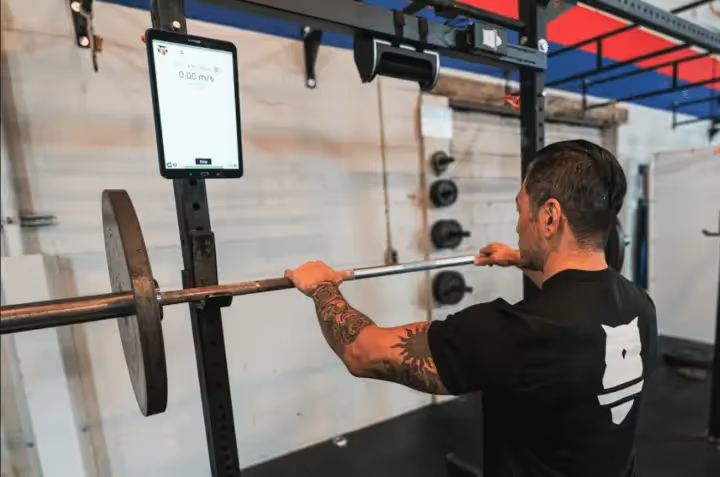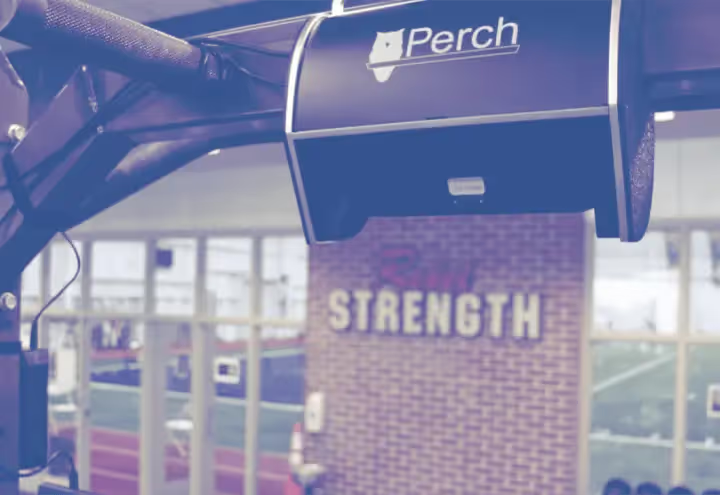VBT And On-field Performance

VBT and On-Field Performance is exactly the pairing to focus on. There is no doubt that using velocity based training can make athletes stronger, faster and more powerful in the weight room. However, the most important thing is if these adaptations effect on-field performance. So the question remains: can these changes impact on field performance and can velocity based training in the weight room help athletes improve their game? Can VBT and on-field performance go hand in hand?
FEEDBACK AND PERFORMANCE
A huge benefit to using VBT systems is the instantaneous feedback you get on every rep throughout a workout. A constant source of feedback can guide an athlete to perform at their most optimal level.
For some context, a study by researchers Randell et al. compared VBT in the squat jump with feedback given and and not given and compared performances. Performance was compared in the vertical jump, horizontal jump, and 10/20/30 meter sprint. This took place pre and post six weeks of training. Thirteen professional rugby players underwent the protocol. After the six weeks, performance in the horizontal jump and the 30 meter sprint showed the most significant improvement with the probability of feedback being beneficial 83% and 99% respectively. The vertical jump, 10 and 20 meter sprints showed insignificant improvement, but improvement nonetheless.
Regardless, it was a great nod to the use of VBT and on-field performance to impact each other and improve with each other.
PBT VS. VBT FOR IN-SEASON TRAINING
From a sports perspective, it is also valuable to get the most out of the weight room while also keeping the player’s readiness as high as possible. In a perfect world, coaches would like to make gains in the weight room and keep player stress down to be optimized for a game. Therefore, VBT and on-field performance can enhance each other.
To reference another study, Researchers Orange et al. compared percentage based in-season training against velocity based in-season training. They evaluated 27 Academy Rugby League players. Performance was compared in the back squat 1-rep max, counter movement jump, and 30 meter sprint.
And for the results? After seven weeks of training, VBT yielded higher session mean velocity and mean power in the back squat while time under tension and perceived stress were lower compared to percentage based training. Countermovement jump height and one-rep max squat improved in both groups. Sprint performance decreased in both groups, however the researchers designated this decrease to not having sprint training in-season, as well as being later in the rugby season when fatigue is higher. Overall, the researcher’s deemed VBT to be beneficial in-season to improve lower body training stimuli. It also helps decrease training stress, and promotes velocity-specific adaptations.
CONCLUSION
The best way to keep your athletes powerful in the weight room and fresh on the playing field is to use the VBT advantage. Monitor your athlete’s stress, make gains when they matter the most and make sure you have the most optimized athletes on the field.
FOLLOW US!
Keep checking back for more velocity based training content, tips, tricks, and tools. And don’t forget to follow us on Twitter , Instagram and LinkedIn and like us on Facebook . And more on our YouTube Page!
Read more about Perch here! And check out Product Videos here. And our support website here.
Back to basics? Review the origins of VBT and Strength Training!
SOURCES:
- Orange, S. T., Metcalfe, J. W., Robinson, A., Applegarth, M. J., & Liefeith, A. (2019). Effects of in-season velocity- versus percentage-based training in academy rugby league players. International Journal of Sports Physiology and Performance, 1-8, 1–8. https://doi.org/10.1123/ijspp.2019-0058
- Randell, A. D., Cronin, J. B., Keogh, J. W., Gill, N. D., & Pedersen, M. C. (2011). Effect of instantaneous performance feedback during 6 weeks of velocity-based resistance training on sport-specific performance tests. Journal of Strength and Conditioning Research, 25(1), 87–93. https://doi.org/10.1519/JSC.0b013e3181fee634

Start Gathering Data With Perch Today!
Reach out to us to speak with a representative and get started using Perch in your facility.

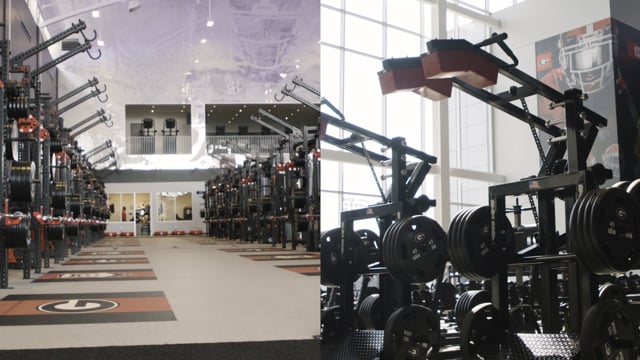
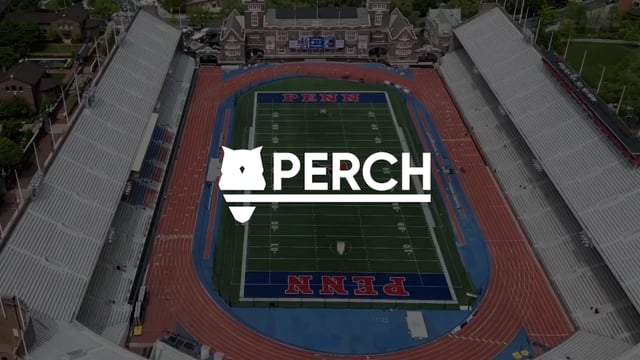



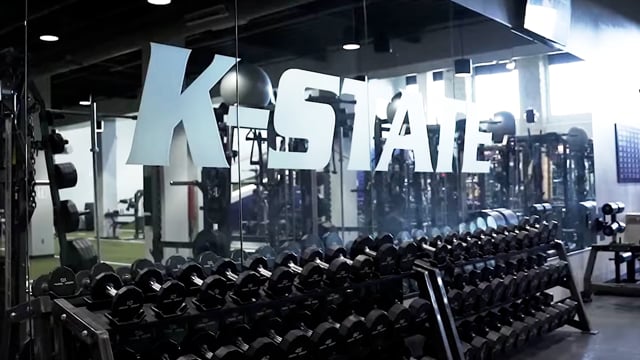


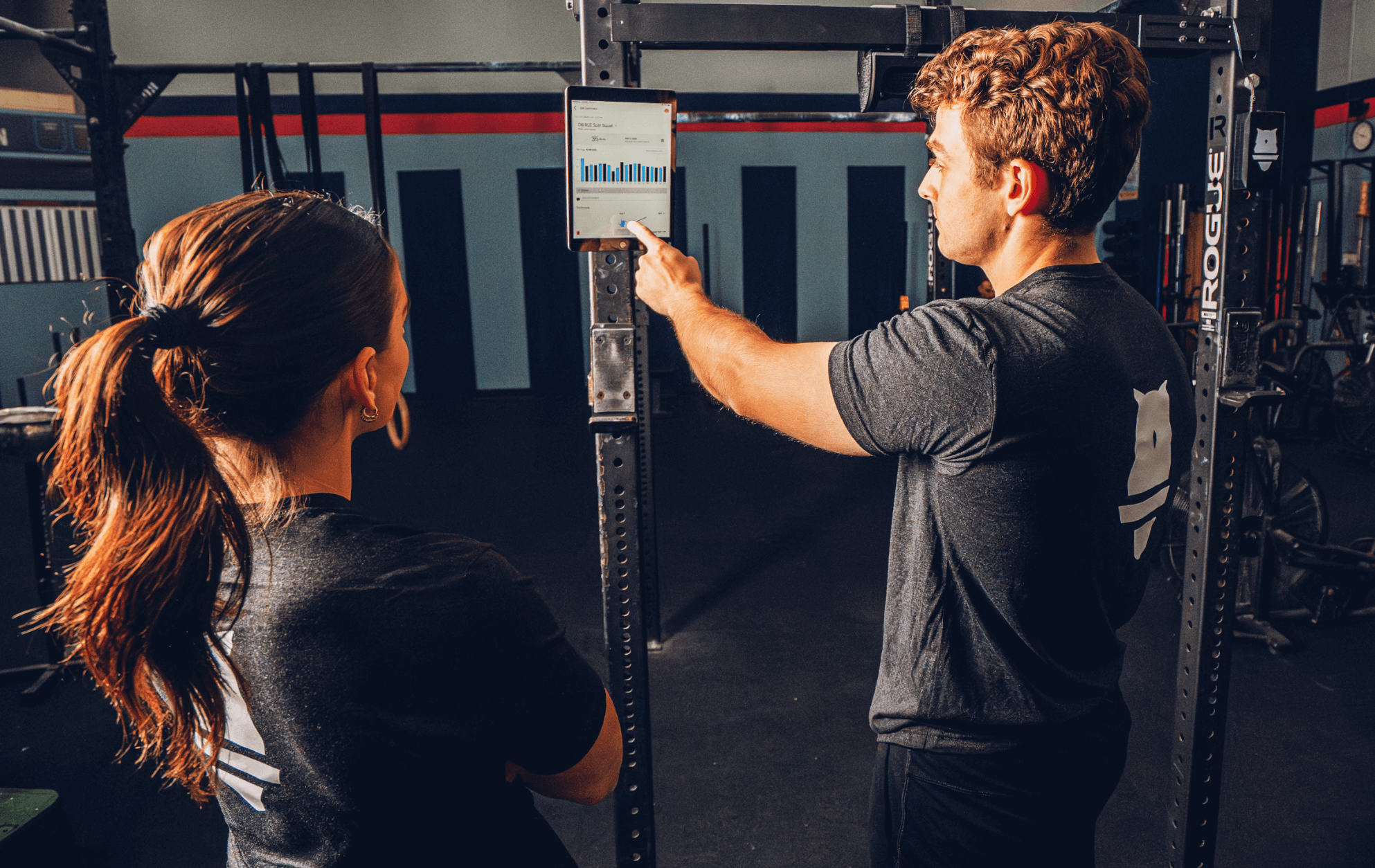
































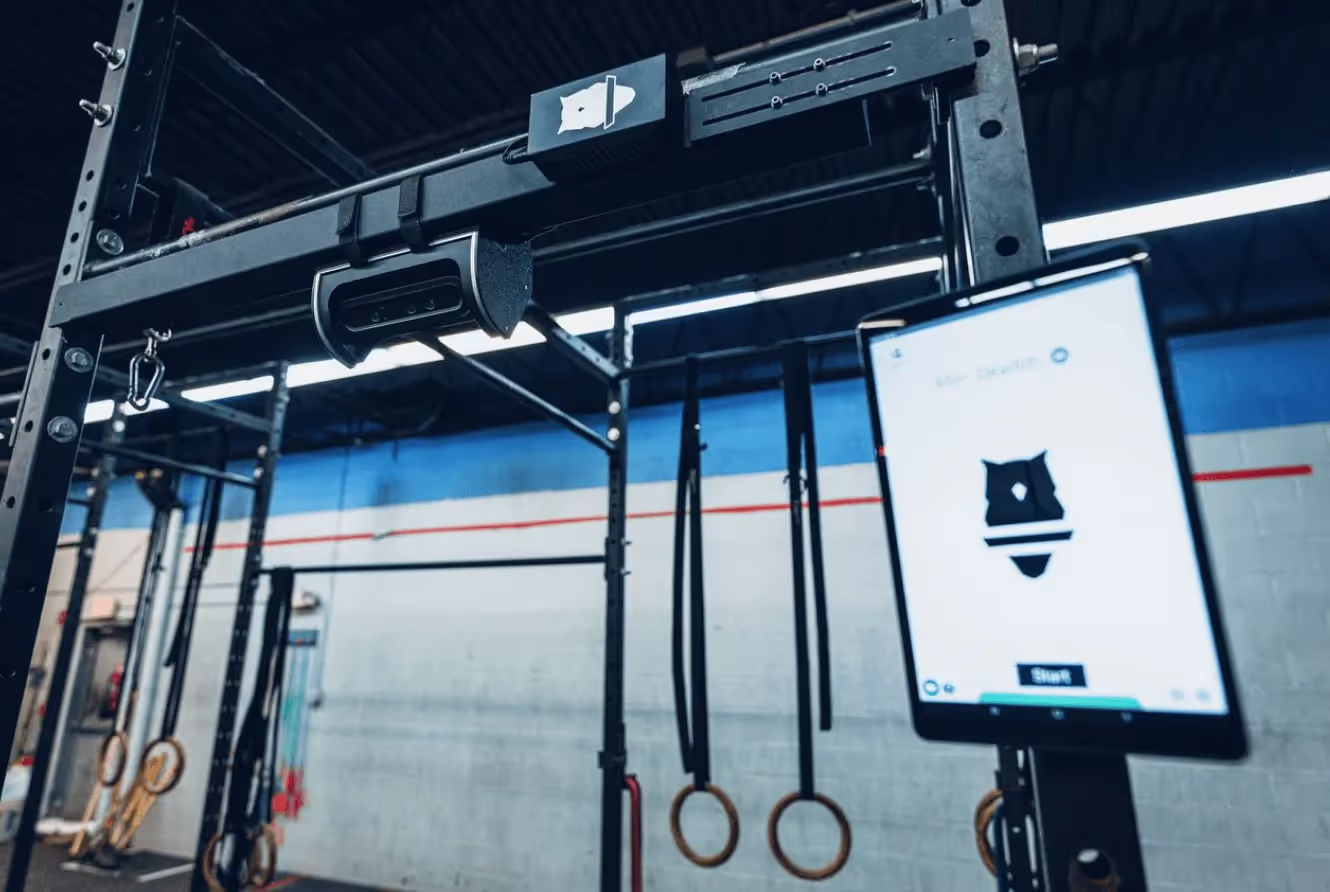
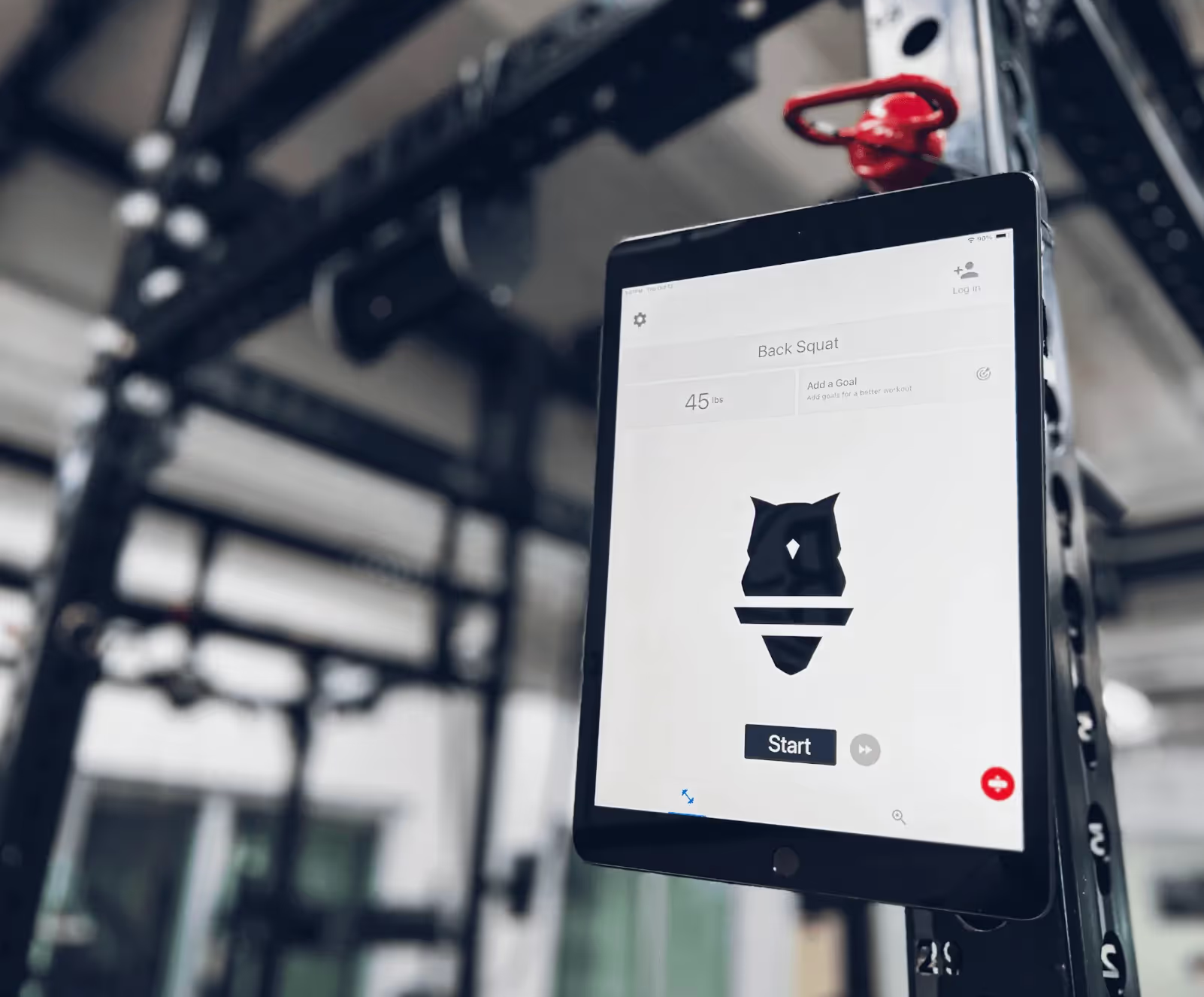



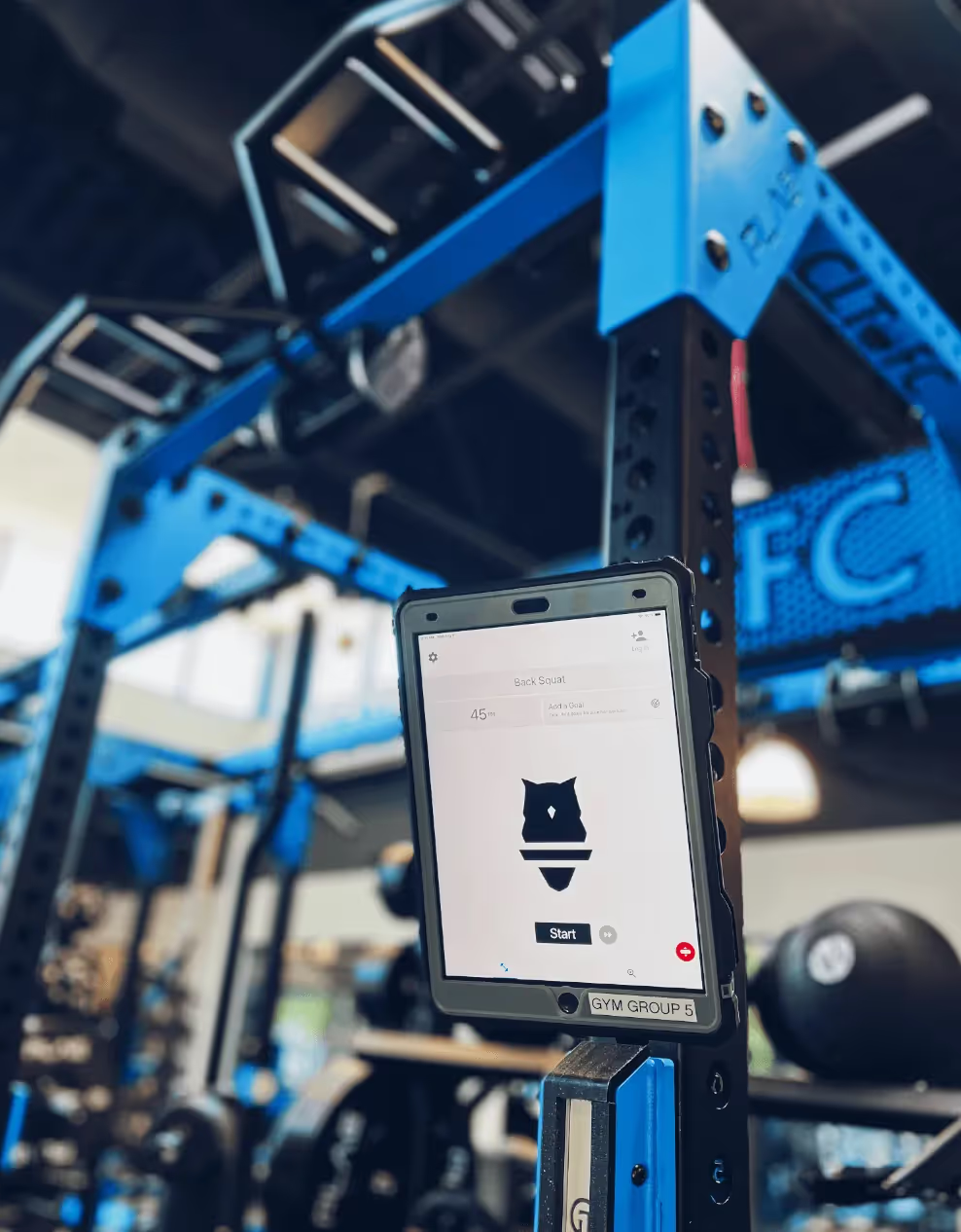
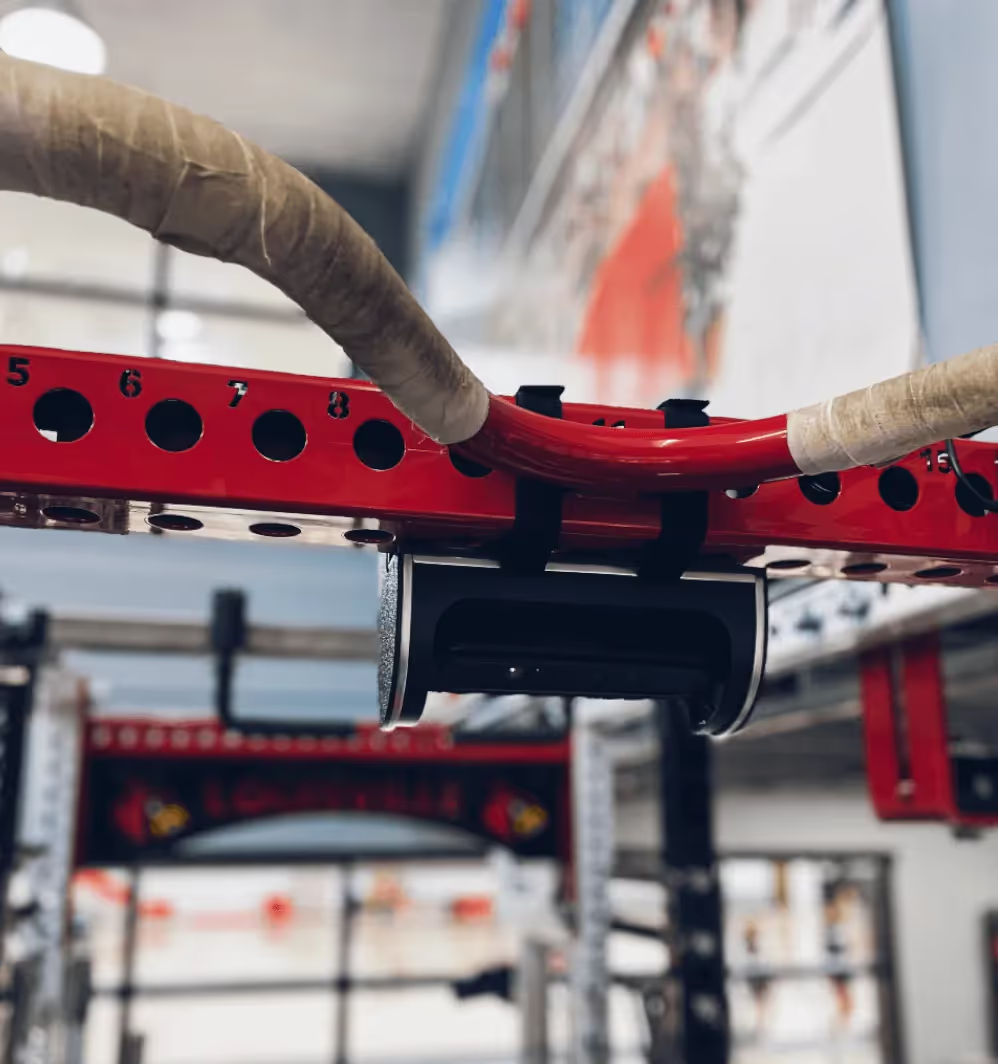






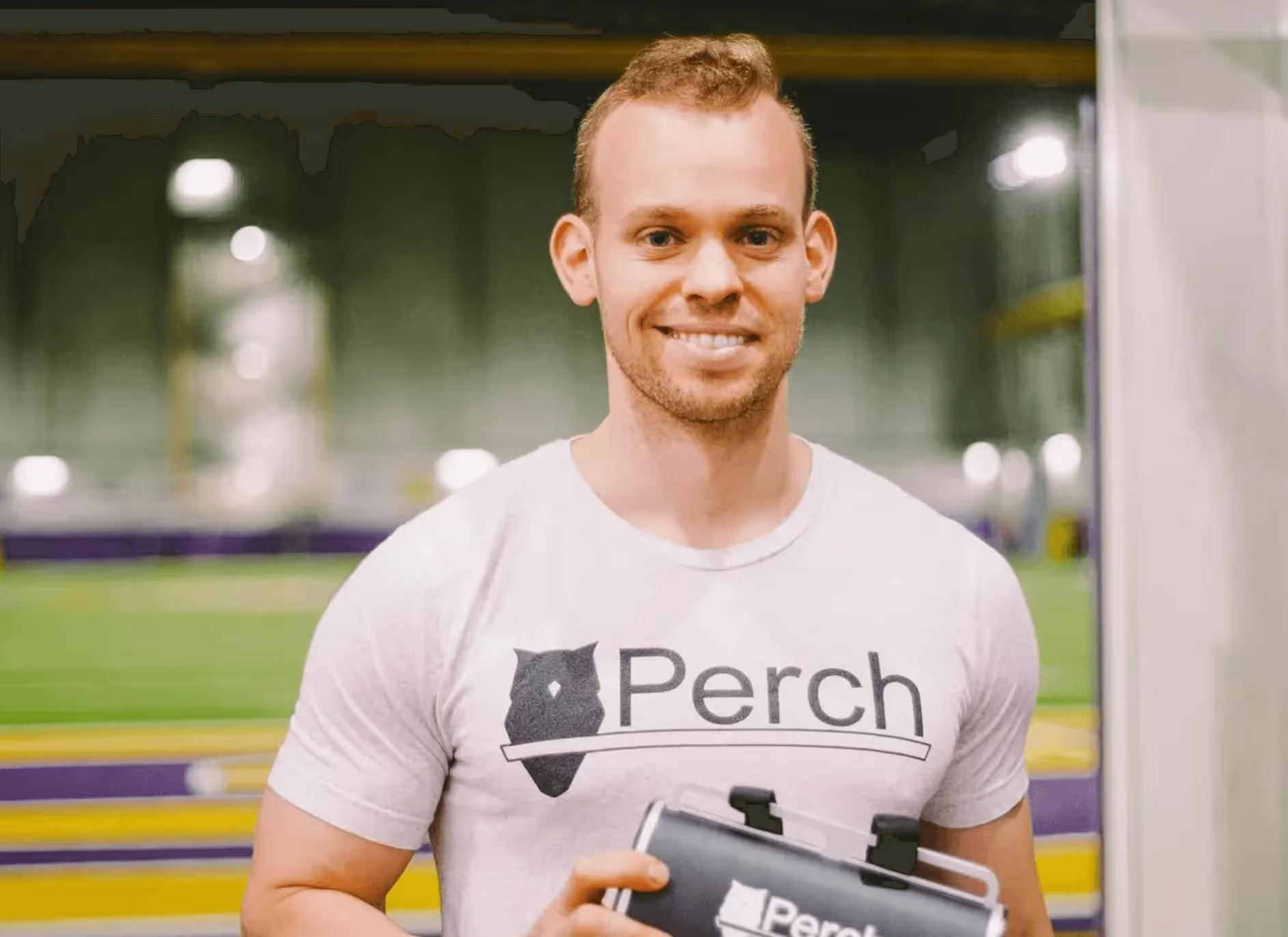





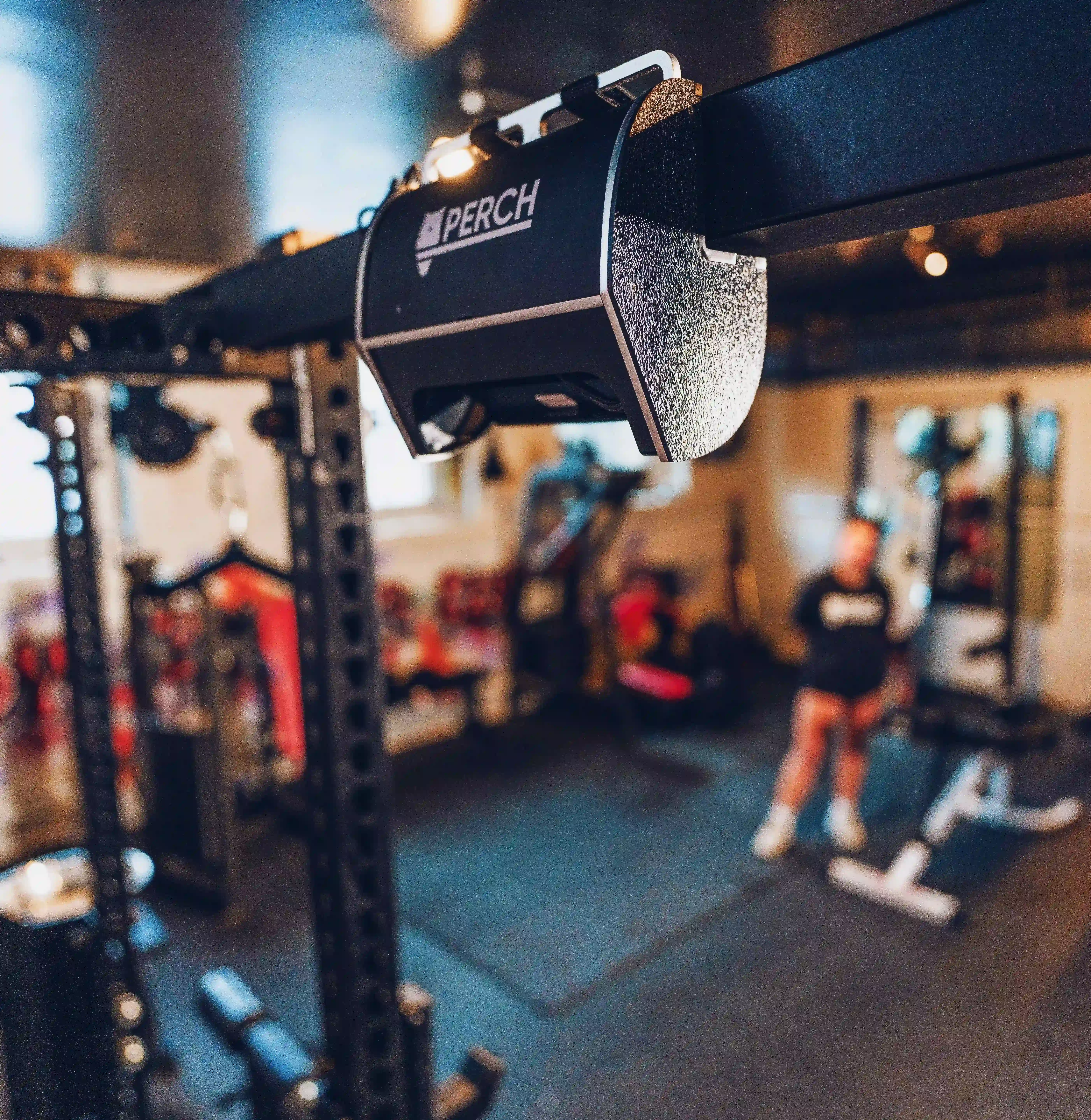


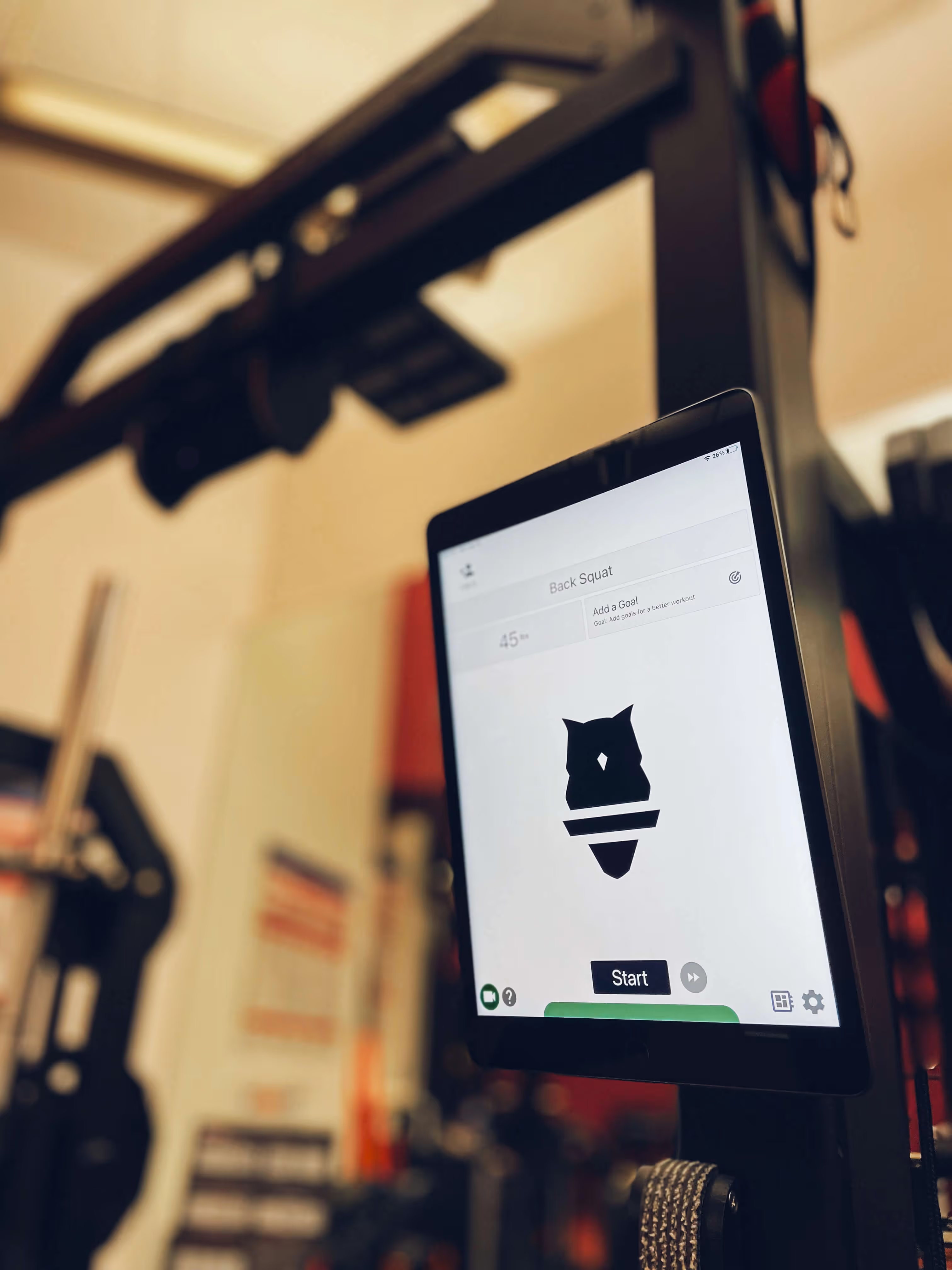

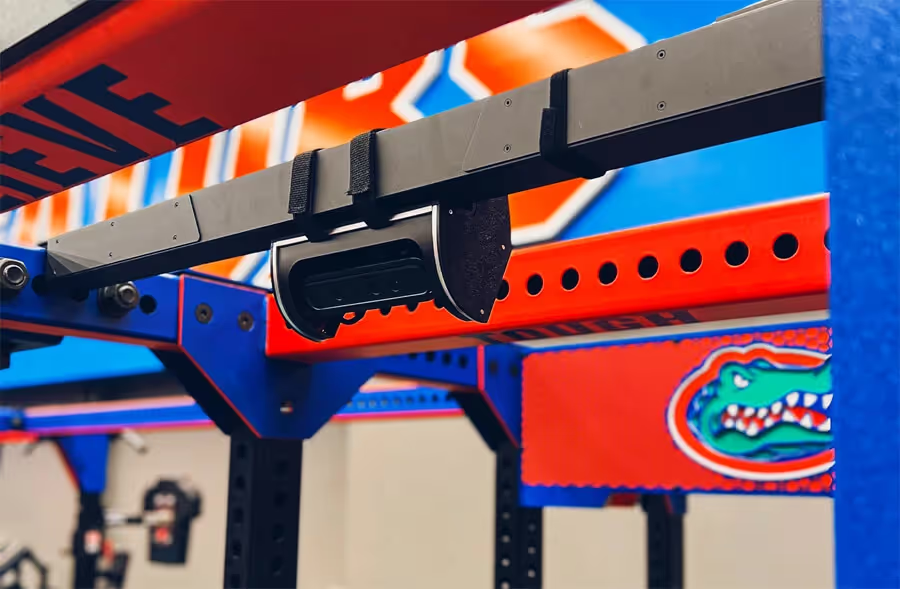





.avif)






